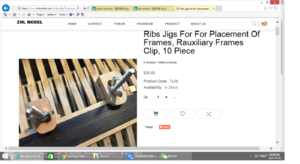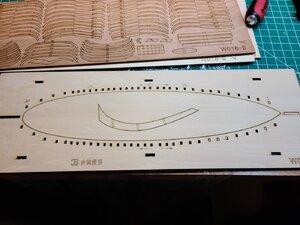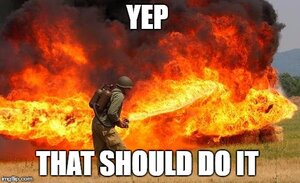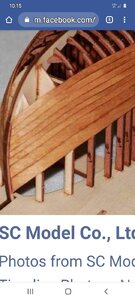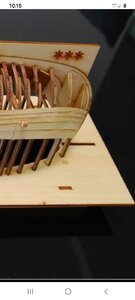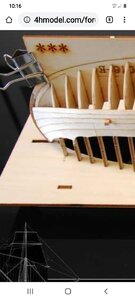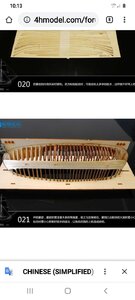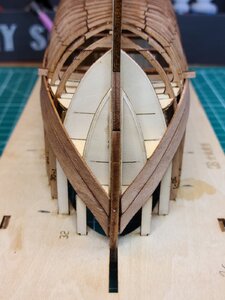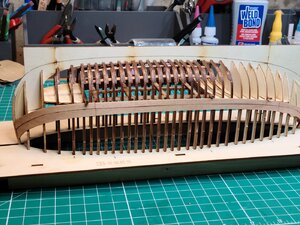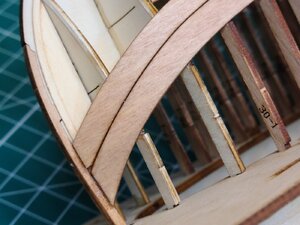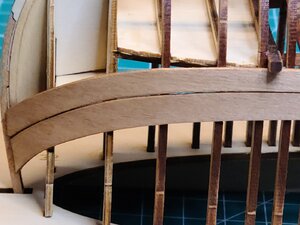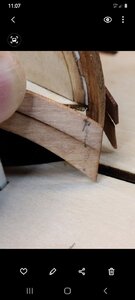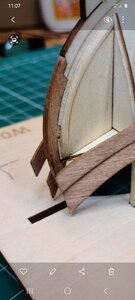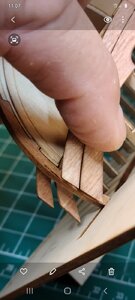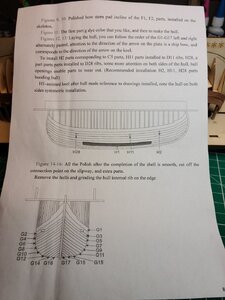When I used it to remove the bean from the ship rib or to remove the jig frame nothing happened to the wood at all or any other structure. It has an applicator tip. Not easy to control .. LOL

, but at the end the use is localized. The glue stayed there, soft, like gum. From the rib I removed that glue a little with the knife (because the space was to small for my finger) and ir a small file, without any damage to the rib. You can remove it by hand too, if you can access the unglue section.
If you go back to the post with the first picture of the "Goof-off" you can see the rib picture where the bean was glued in detail.
Am I answering correctly your question ? I meant, was this the info you wanted ?
Cheers
Daniel





